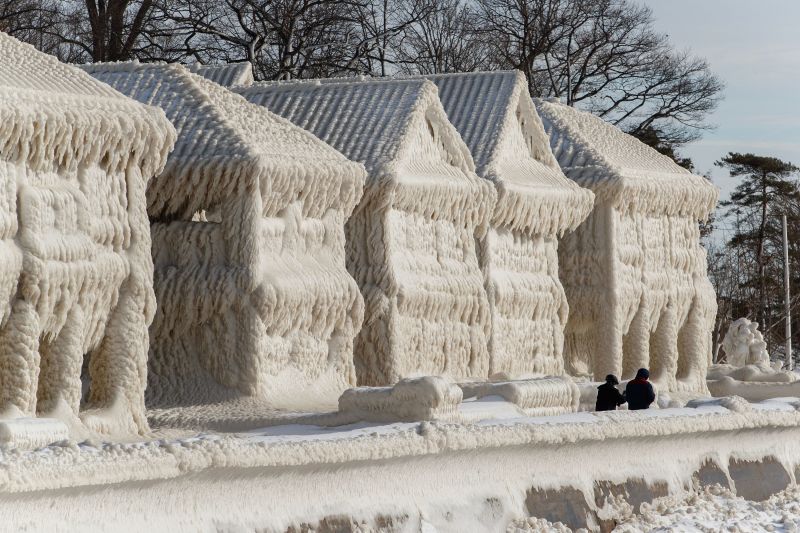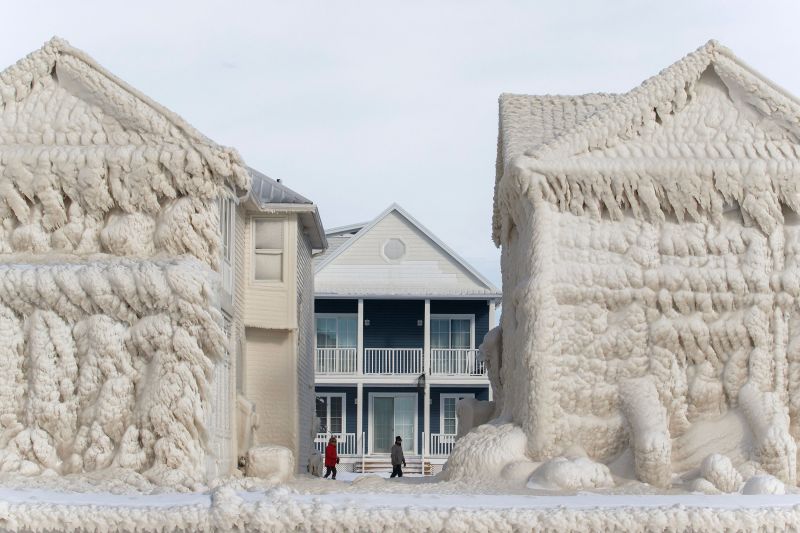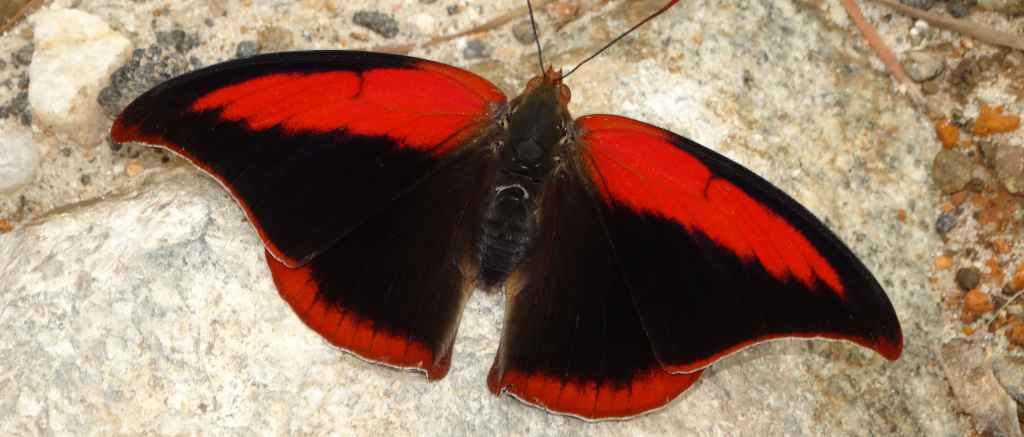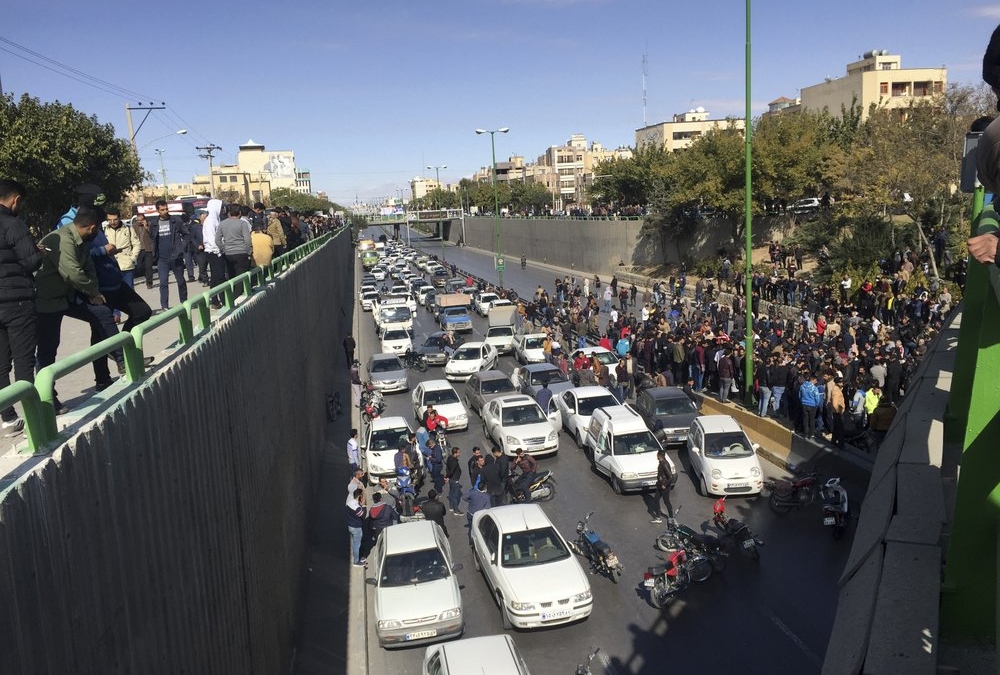Buffalo’s “blizzard of the century” and Southwest’s 2,900 canceled flights prompt closer look at climate change and severe storms – “Nobody ever said global warming would eliminate winter”

By Rachel Koning Beals
27 December 2022
(MarketWatch) – Snowed-in Buffalo, N.Y., braced Tuesday for more wintry accumulation just days after an epic blizzard that killed at least 34 people, stranded some motorists in cars for days over the Christmas holiday and brought the city’s airport to a standstill.
About 4,000 domestic flights were canceled nationwide Monday and travel plans remained snarled Tuesday, according to tracking website FlightAware, which has the latest scheduling. Of the 4,000 grounded flights, some 2,900 were for Southwest Airlines, whose handling of the holiday cancellations prompted an investigation by the Department of Transportation.
The culprit was the severe storm named Elliott, although not officially by the National Weather Service. And although it may seem contradictory, climate change may be contributing to more extreme winter weather.
While snow, wind and bitter wind chill factors are expected in many northern states this time of year, even hardened Buffalo residents were shocked by the severity of this storm. And the fact that these winter storm events persist even while Earth is warming is a baffling phenomenon that some scientists are linking mostly to increased precipitation in a warmer atmosphere.
The calendar flipped to winter last week, and promptly ushered in what the National Weather Service called a “once-in-a-generation type event” that hobbled holiday travel by air and road on some of the busiest days of the year. As of Tuesday, much of the U.S. was still reeling from the ferocious winter storm, with at least an additional two dozen deaths reported beyond the Buffalo area, and power outages reported in communities from Maine to Washington state.

‘Blizzard of the century’
Buffalo’s Tuesday forecast for a few more inches of accumulation comes on top of the massive storm, labeled by authorities as the “blizzard of the century,” that already dropped more than four feet of snow in some places starting on Christmas Eve. New snow would only further challenge emergency services and cleanup efforts.
The same system dumped more than a foot of snow and brought blizzard conditions to parts of the Midwest on Friday and into the holiday weekend. And changes in the conditions were abrupt. The National Weather Service reported that temperatures across the central High Plains plummeted 50 degrees Fahrenheit in just a few hours in the leadup to the Christmas holiday.
“This is not like a snow day when you were a kid,” President Joe Biden warned ahead of Christmas from the Oval Office after a briefing from federal officials. “This is serious stuff.”

Dangerous power outages
The number of people under winter alerts and wind chill alerts topped 100 million people, or roughly a third of the U.S. population over the weekend and into the early week, according to the National Weather Service. It was the coldest Christmas in roughly 40 years for portions of the Plains and Midwest.
Damaging winds had knocked out power to more than 1.5 million customers stretching from Texas to New England over the weekend, according to the site PowerOutage.US. By Tuesday, only California and Oregon were showing significant outages.
Still, the scope of the power loss — weather alerts had included 37 states, dipping as far south as the Texas-Mexico border — proved to be a major test for what many describe as an outdated U.S. power grid that has been ignored for too long. In fact, in an annual report, the U.S. electric grid was given a C- grade by the American Society of Civil Engineers.
In 2021, record-breaking snowstorms knocked out power for nearly 4.5 million homes in Texas as icy conditions and heating demands overwhelmed much of the power supply, which is fed by a combination of natural gas NG00, -11.70% and wind power WNDY, +0.95%. More than 100 people died, and the storms caused an estimated $295 billion in damage. Memories of the deadly outage leave Texas — which operates a unique state-run power hub compared to regional and national hubs for much of the rest of the country — and other parts of the U.S. on high alert for power shortages.
Some estimates put the price tag on an electricity grid overhaul at upwards of $2 trillion, according to SwissRe. And agreeing on repairs is complicated by the web of state, regional and federal regulatory hurdles to consider. Both the bipartisan infrastructure bill of 2021 and this year’s mega spending bill, the Inflation Reduction Act, have targeted a power-grid upgrade.

Why does a warming Earth still bring severe winters?
Strengthening the power grid is only getting more critical as the nation lives with the effects of climate change, while trying to limit its long-run impact. There are a couple of factors at work when it comes to climate change and winter weather.
For sure, winters overall are getting milder and shorter. But it does not mean intense snowstorms and record-breaking frost won’t break through. When weather extremes do hit, regions may find themselves having grown more complacent due to the warming trends.
One key factor is a warming atmosphere traps water vapor deeper and deeper into the calendar year, and that precipitation leads to heavier snowfall when the temperatures do drop.
Another factor is the rapidly warming Arctic, which some scientists believe is weakening the jet stream and causing disruptions of the polar vortex. The polar vortex refers to bands of wind and low air pressure near the North Pole, which normally lock cold air over the Arctic. When those bands break down, icy air can escape south in the form of freezing winters, EarthJustice detailed. […]

‘Weather weirding’: Room for further study
Meteorologist Bob Henson talked with Yale University’s Climate Connections about the ongoing study of climate change and winter extremes, and what persists as an evolving field of discovery.
“There has been quite a lively and vigorous debate in the research community, largely centered around the group of folks who pioneered this research in the early 2010s, of the idea that the jet stream might be torquing more in the winter, and what we call ‘weather weirding’ might be producing more intense winter extremes,” he said in the interview.
Other researchers, Henson said, show that winters have generally been getting milder in the U.S. and less snowy. And long-term global computer models indicate we can expect them to continue doing so. That’s a factor that has its own costly consequences for snow pack, droughts, skiing and snowboarding vacations and more.
Henson suggests that global warming does not mean we should entirely rethink winter and how we prepare for it.
“I would say that regardless of whether or how much climate change is involved, it’s still wintertime. Nobody ever said global warming would eliminate winter,” he told Yale Climate Connections. [more]


